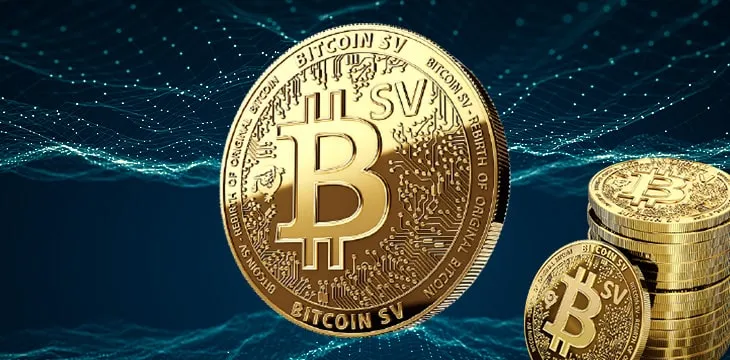|
Getting your Trinity Audio player ready...
|
The Bitcoin SV Scaling Test Network (STN) continues to process huge transaction blocks, proving BSV has the capacity for enterprise-tier applications. Over the past week, the network regularly handled blocks of over 380MB, with close to 2 million transactions in each one.
Why does this matter? The Bitcoin apps of the future will need to process data in millions of “nanotransactions” as large-scale projects push data onto the network for processing and blockchain storage. This data will come not only from human activity, but also from embedded sensors in IoT devices and other automated processes.
So for five days now the Bitcoin #BSV STN has been pumping out 384mb blocks with around 1.9 million transactions in them. Over 250 million txs over the past 24 hours. #Bitcoin scales just fine. https://t.co/3yfreIUUBd
— 15.og Conor (@two2wheel2life) February 17, 2021
The key point here is that Bitcoin SV (BSV), and only BSV, can scale to the levels big data requires. BTC, which does not process data other than financial transfers, can handle only 4-7 transactions per second—and even then, at fees of US$10 (or much more) per transaction. Ethereum, which was ostensibly created to process mainly non-financial data, often becomes congested and has recently experienced its own problems with ridiculously high usage fees.
No matter how high the price-per-unit rises for BTC and ETH on exchanges, their currency units and networks have zero utility in the real world if their capacity and cost-per transaction level remain as they currently are. Neither shows much sign of changing that in the future, either—BTC developers have created no serious roadmap for scaling their network, and Ethereum has no solution to scaling other than to radically redesign the protocol and economic incentives. As well as causing lengthy delays, this creates huge risk and uncertainty. Meanwhile, BSV as it currently exists is capable of running (and processing) any contract that exists on Ethereum.
This means that unit prices for BTC and ETH are based on speculative gambling only, which is risky for anyone considering them as “investments.”
What the scaling test network is for
Despite being a testing network, the Bitcoin STN has very similar capabilities to the Bitcoin mainnet. STN developers’ intent is to reflect conditions on the mainnet as much as possible, so that when demand increases enough to deploy new projects, the mainnet will be ready.
The STN also serves as a testbed for third-party application developers to see how well the Bitcoin network handles their transaction load, and optimize them to make the most of it.
As STN Operations Manager Brad Kristensen has said in the past, maintaining consistent transaction throughput at high rates is more important than record-size blocks. The Bitcoin network will see peaks and troughs for data usage and, like a power station, it’s necessary to ensure it can handle the heaviest demand times.
Bitcoin can replace the internet
Handling enterprise-tier and large government big data applications was always part of Satoshi Nakamoto‘s vision for what Bitcoin should become. The blockchain allows data to be verified, processed and stored in ways the current internet does not. That information existed at a certain point in time, along with details of who put it there, is an invaluable tool—especially in an era where very little information available electronically is trustworthy.
Bitcoin also allows for the data contained in transactions to be kept private, allowing individuals to own, share and verify their own information while deciding who is able to access it. They can also guarantee that information can’t be removed or altered—or if anyone even tries, there’s an auditable record.

 08-26-2025
08-26-2025 




